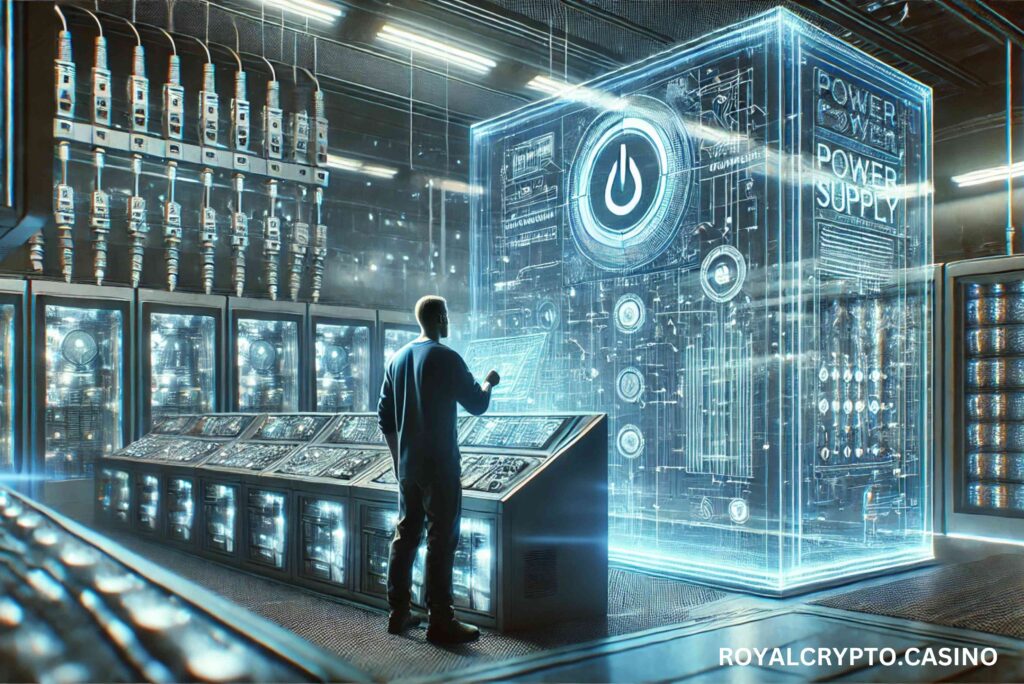Introduction To Fujitsu MAP3367NP Hook Up to USB Port
Have an old fujitsu map3367np hook up to usb port hard drive lying around and want to connect it to your modern computer? Unfortunately, these legacy SCSI hard drives aren’t designed for USB connections out of the box. But don’t worry! This guide will show you exactly how to hook it up using the right adapters, cables, and methods.
Whether you’re retrieving important files, repurposing the drive, or just feeling nostalgic, we’ve got you covered. Ready? Let’s dive in!
Understanding the Fujitsu MAP3367NP Hard Drive
Before you can connect it, let’s get familiar with this old-school drive. The Fujitsu MAP3367NP is a SCSI (Small Computer System Interface) hard drive, popular in servers and workstations in the early 2000s. Unlike modern SATA or NVMe drives, it requires a SCSI controller to operate, making direct USB connections impossible.
Why Can’t You Connect It Directly to a USB Port?
Here’s the deal:
- SCSI and USB are completely different technologies.
- SCSI drives use a 68-pin or 80-pin connector, while USB uses a simple plug-and-play system.
- To bridge this gap, you need special adapters and drivers.
Required Tools and Adapters
To connect your Fujitsu MAP3367NP hook up to USB port, you’ll need: 




Finding the Right SCSI to USB Adapter
SCSI to USB adapters aren’t exactly common in today’s market, but they do exist! Look for reliable brands like StarTech, Adaptec, or Ratoc.
Key Features to Look For:
- Compatibility with 68-pin SCSI drives
- Plug-and-play support
- Driver support for Windows/Mac
Preparing Your Fujitsu MAP3367NP for Connection
- Check the SCSI ID: Every SCSI drive has a unique ID. Make sure it’s properly configured.
- Verify the Power Supply: These drives require a stable 5V/12V power source.
- Clean the Connectors: Dust and corrosion can cause connectivity issues.
Step-by-Step Guide to Hooking Up to USB
- Connect the SCSI to USB adapter to the Fujitsu MAP3367NP.
- Attach the power supply using a Molex adapter.
- Into the USB port of your computer, plug the USB adapter.
- Turn on the drive and wait for your computer to recognize it.
Installing the Necessary Drivers
- Windows may need legacy SCSI drivers.
- Mac users might need third-party software.
- If your drive isn’t detected, visit the adapter manufacturer’s website for drivers.
Troubleshooting Common Issues



Alternative Methods to Access Data
If a direct connection fails, try:
- Using a legacy SCSI PCI card in an old computer.
- Connecting the drive to a SCSI-supported workstation.
Using an External SCSI Enclosure
A SCSI enclosure acts as a bridge, letting you connect the drive via FireWire, SATA, or USB.
Ensuring Proper Power Supply

SCSI drives require consistent power. A Molex adapter or a dedicated external power brick may be needed.
Data Transfer and Backup Tips
Once connected:
- Copy important files first.
- Use an external hard drive or cloud storage for backups.
- If the drive is failing, clone it immediately.
Formatting and Using the Drive
Want to repurpose the drive? Reformat it using Disk Management (Windows) or Disk Utility (Mac). Be aware that formatting erases all data.
Maintaining and Storing Your Fujitsu MAP3367NP
- Store it in a cool, dry place.
- Avoid physical shocks or drops.
- Use anti-static bags for protection.
Final Thoughts
Connecting a Fujitsu MAP3367NP hook up to USB port isn’t plug-and-play, but with the right adapters, tools, and a bit of patience, you can successfully retrieve and use your old data. Think about expert data recovery solutions should everything else fail.
FAQs
- Can I use a generic USB-to-SCSI adapter?
Not all adapters work with this drive. Make sure you get one that supports 68-pin SCSI.
- My drive is not showing up on my PC. What should I do?
Check power connections, install proper drivers, and verify that your SCSI ID is correctly set.
- Is it possible to use this drive as a bootable disk?
Not easily. Legacy SCSI booting is complicated and may require an older motherboard with built-in SCSI support.
- Where can I buy a reliable SCSI-to-USB adapter?
Online marketplaces like Amazon, eBay, or specialty IT stores.
- What if my drive makes clicking noises?
This could indicate hardware failure. Try professional recovery services if your data is important.

